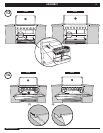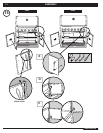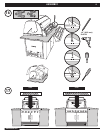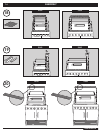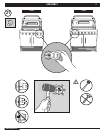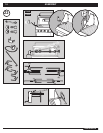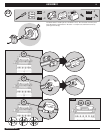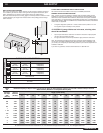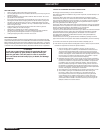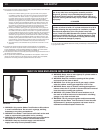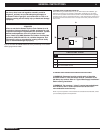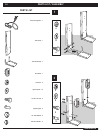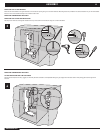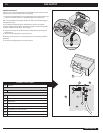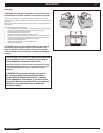Special offers from our partners!

Find Replacement BBQ Parts for 20,308 Models. Repair your BBQ today.

Buy Weber Grill Parts. It couldn't be easier. Find your Weber parts here.
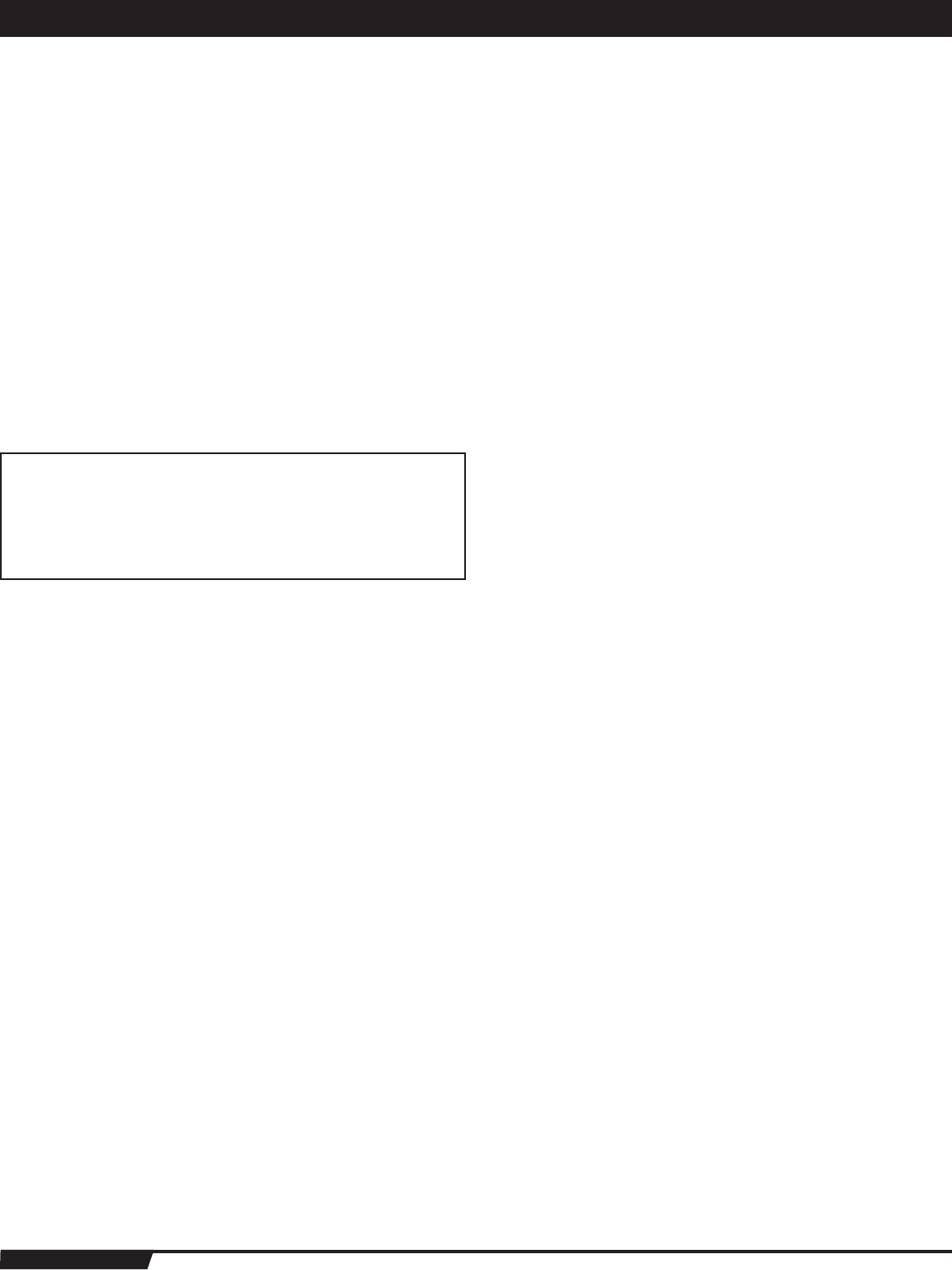
21
WWW.WEBER.COM
®
21
GAS LINE PIPING
• Refer to the piping chart at the bottom of previous page.
• The corrugated gas line from the manifold is 58 inches (1,473.2 mm) long. Do not
extend the gas line.
• We have provided the means to make an SAE 45° fl are connection. Do not use
pipe sealant on this connection.
• If the length of line required does not exceed 50 feet, use a 5/8” O.D. tube. One
size larger should be used for lengths greater than 50 feet. Refer to piping chart.
• Gas piping may be copper tubing, type K or L; polyethylene plastic tube, with a
minimum wall thickness of .062 inch (1.57 mm); or standard weight (schedule 40)
steel or wrought iron pipe.
• Copper tubing must be tin-lined if the gas contains more than 0.3 grams of
hydrogen sulfi de per 100 cubic feet of gas.
• Plastic tubing is suitable only for outdoor, underground use.
• Gas piping in contact with earth, or any other material which may corrode the
piping, must be protected against corrosion in an approved manner.
• Underground piping must have a minimum of 18” cover.
TEST CONNECTIONS
All connections and joints must be thoroughly tested for leaks in accordance with local
codes and all listed procedures in the latest edition of the National Fuel Gas Code ANSI
Z223.1/NFPA 54, Natural Gas and Propane Installation Code, CSA B149.1, or Propane
Storage and Handling Code, B149.2, or the Standard for Recreational Vehicles, ANSI A
119.2/NFPA 1192, and CSA Z240 RV Series, Recreational Vehicle Code, as applicable.
ƽ DANGER
Do not use an open fl ame to check for gas leaks. Be sure
there are no sparks or open fl ames in the area while you
check for gas leaks. This will result in a fi re or explosion
which can cause serious bodily injury or death, and damage
to property.
TYPICAL 20 LP PROPANE GAS SUPPLY INSTALLATION
We strongly recommend that you use the Summit
®
Built-In
Tank Cabinet (#21280) for installations using a 20 lb LP cylinder, mounted remotely in an
“island” structure.
The Summit
®
Built-In Tank Cabinet is a CSA listed accessory for installing a remote
mounted 20 lb LP cylinder, in an “island” structure. Summit
®
Built-In Tank Cabinet has a
hose and regulator assembly and gas connections, for connecting a remote mounted LP
cylinder to the Summit
®
Built-In gas grill. The hose and regulator is listed as a required
part of the CSA listed Summit
®
Built-In gas grill.
The Summit
®
Built-In Tank Cabinet also meets the requirements for venting, tank retention
and separation of the LP cylinder from a heat source as outlined in the ANSI Standard for
Outdoor Cooking Gas Appliances, Z21.58/CSA 1.6 for LP enclosures.
The Summit
®
Built-In Tank Cabinet has its own installation guide.
If you do not use the Summit
®
Built-In Tank Cabinet, you need to hire a licensed contractor
or licensed plumber and they need to follow the requirements described in the ANSI
Standard for Outdoor Cooking Gas Appliances, Z21.58/CSA 1.6 for LP enclosures.
The requirements described in the Standard for Outdoor Cooking Gas Appliances,
Z21.58/CSA 1.6. are as follows;
A remote enclosure for an LP gas cylinder shall be ventilated by openings at both the
upper and lower levels of the cylinder. This shall be accomplished by one of the following:
a). One side of the remote LP cylinder enclosure shall be completely open; or
b). If the remote LP cylinder enclosure is designed to have four sides, a top and a bottom,
ventilation is required for the remote LP cylinder enclosure;
1). There should be at least two ventilation openings, (a hole or group of
holes, for the purpose of ventilation) in the sidewalls of the island structure.
The openings should be located within 5 inches (127mm) of the top of the
enclosure. The ventilation openings should be equally sized and spaced at a
minimum of 90 degrees, and be unobstructed. The openings shall have a total
free open area of not less than 20 square inches. (This relates to 1 square
inch of ventilation area, per pound of stored fuel capacity).
2). Ventilation openings (a hole or group of holes, for the purpose of ventilation)
should be provided at fl oor level. The ventilation openings should have a total
free area of not less than 10 square inches. (This relates to 1/2 square inch
of ventilation area, per pound of stored fuel capacity). There should be at
least two ventilation openings if the ventilation openings at fl oor level are in
the sidewall. The ventilation openings should be within 5 inches (127mm) of
the fl oor. The ventilation openings should be of equal size and be spaced at a
minimum of 90 degrees, and should be unobstructed.
3). The minimum size of the ventilation hole (s) should not be less than 1/4 inch.
4). The ventilation openings in the sidewalls should not allow venting into
the empty or “hollow” area of the “island”. If a gas leak should occur or
the LP cylinder should vent in the LP cylinder enclosure, the gas should
not be allowed to vent or migrate into the empty or “hollow” area of the
“island”. Ventilation openings in the sidewalls of the enclosure should only
communicate with the outside of the “island” structure, so that the gas can
dissipate outside of the “island” structure.
GAS SUPPLY



